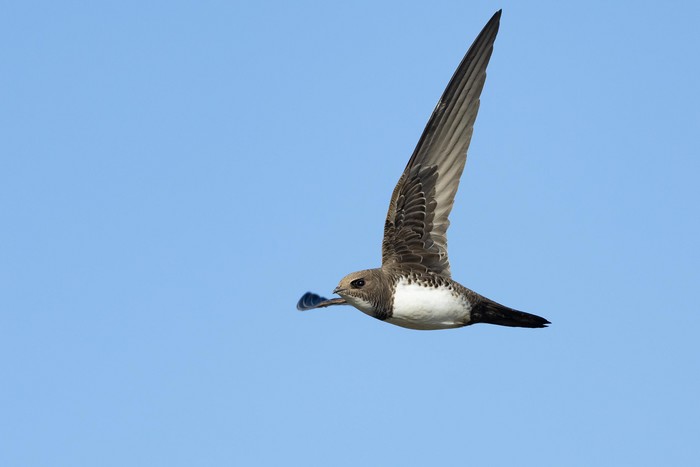Age of Alpine Swift Parents Influences Chicks Before and After Fledging
Long-term research on Alpine Swifts shows that the age of mothers and fathers at conception influences offspring health, survival and even lifespan

Setting the question
How does the age of parents at the time of conception influence the lives of their offspring? This question, often asked in human studies, has been far less explored in wild animals – especially in long-lived species. A new study of Alpine Swifts Tachymarptis melba, published in Evolution, provides fresh answers by drawing on decades of data from Swiss breeding colonies. The research uncovers both benefits and costs of having older parents, with effects that vary depending on whether the parent is male or female, and whether the offspring is a son or daughter.
Known as the “Lansing effect,” scientists have long recognised that offspring of older parents may suffer reduced lifespan. Yet, the Alpine Swift study suggests a more complex picture, where some early-life advantages are offset by later-life costs.
Early-life advantages from older parents
At 50 days old – just before fledging – chicks from older mothers (=11 years) and fathers (=9 years) tended to be larger, with longer wings and tails, and carried fewer parasites than those from younger parents. Reduced parasite loads, especially in daughters of older fathers, suggest stronger early immune responses or better provisioning by experienced parents.
These findings challenge the idea that senescent parents necessarily provide poorer care. Instead, the study hints that experience and refined foraging ability in older Alpine Swifts can benefit their nestlings during growth.
Costs appear later in life
Despite these early benefits, sons of older fathers paid a long-term price. They had significantly shorter lifespans, consistent with the Lansing effect. For daughters, this paternal-age penalty was not apparent. Interestingly, maternal age did not directly influence offspring lifespan, although subtle effects on skeletal development were detected.
These patterns suggest sex-specific vulnerabilities: paternal age seems particularly detrimental for sons, while daughters may be more resilient. The study also found no evidence that parental age influenced the age at which offspring began breeding or the total number of young they raised across their lifetimes, except where lifespan itself was shortened.
Why it matters
By linking parental age to both early development and adult outcomes, this long-term Alpine Swift research underscores how parental life stage can shape population dynamics. In a species where individuals may live for two decades, small shifts in offspring survival can ripple through generations.
The authors note that in birds with biparental care, like Alpine Swifts, some negative effects of older age may be buffered. However, the father’s age remains a key determinant of his sons’ longevity – a finding with potential implications for sexual selection, as females may gain fitness benefits by pairing with younger males.
Looking ahead
The study highlights the value of long-term, individual-based monitoring in the wild. As urban pressures, climate change, and shifting migration patterns affect Alpine Swifts and other long-lived species, understanding how parental age interacts with survival and reproduction could prove vital for conservation biology.
“Parental age at conception has both short- and long-term effects on offspring,” the researchers conclude. “Our findings stress the importance of considering both maternal and paternal contributions, and the sex of offspring, to fully capture how life histories evolve in natural populations.”
Oct 2025
Read the full paper here
Share this story







